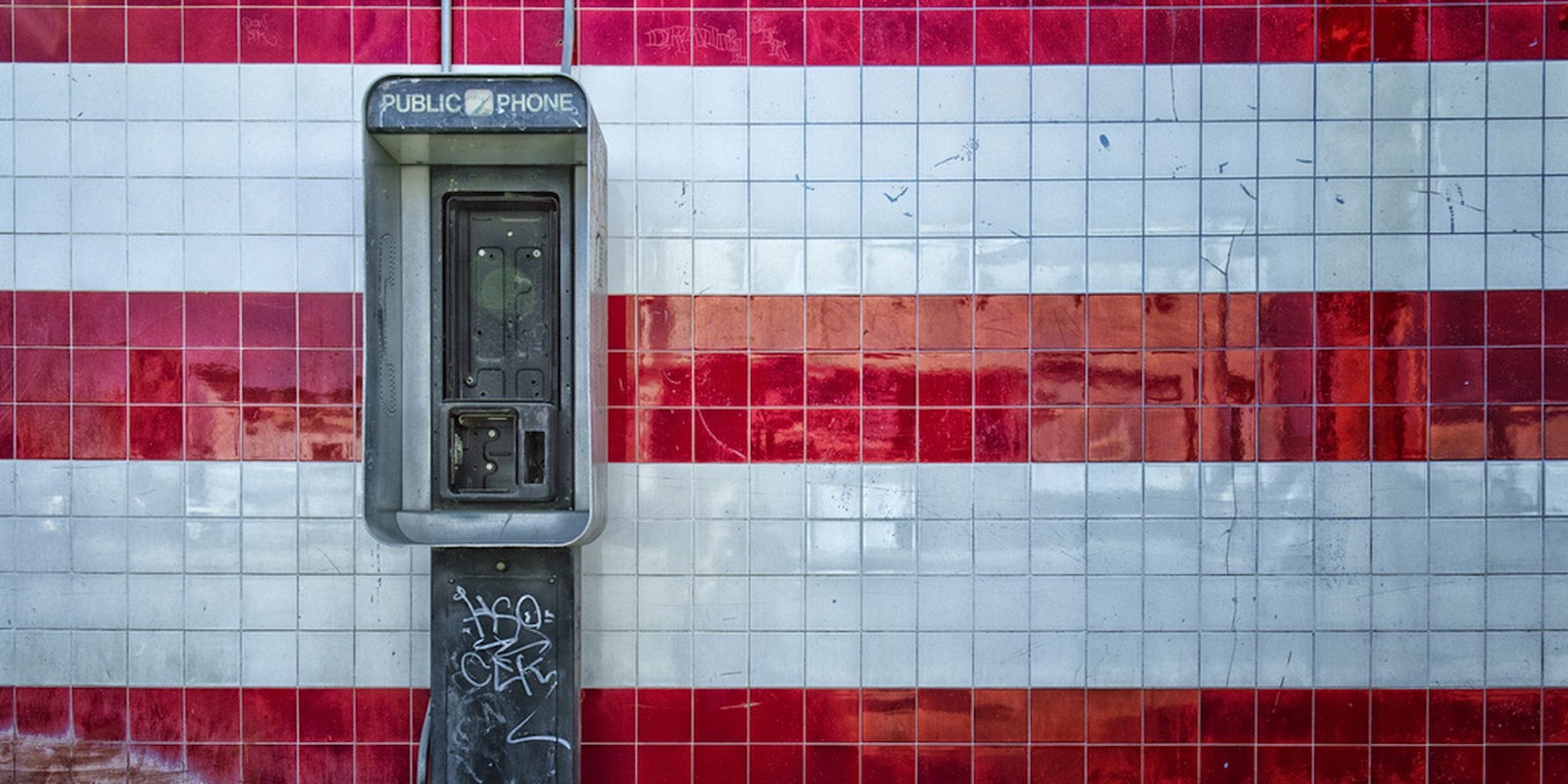BY ENRIQUE DANS
There’s a fascinating article in Quartz about the future of New York City’s next generation of public payphones, following the city’s request for bidders when its current contracts run out. Among the contenders are companies like Google, Verizon, IBM, Cisco, Samsung, and some 50 others, among them the failed Gowex.
What is a payphone for these days? At a time when just about everybody carries a cellphone, the idea of supplying a city like New York with a public telephone network seems somewhat outdated. It can’t even be justified on the grounds of socio-demographics: a cellphone is the first thing that undocumented migrants acquire when they cross the border.
Over the last two decades, phone booths have survived as remnants from another era, only used in emergencies—or when the cellphone network collapses. The network of just under 9,000 payphones in New York were used for around 27 million calls in 2011. That’s around eight calls per cabin a day.
In purely economic terms, it would seem clear that neither the phone companies nor city councils—New York receives around one third of revenue from pay phones—are getting much out of this. As a place to stick advertisements, they are of greater use: city hall earned almost $16 million from them last year.
That said, a system of this kind in strategic locations throughout a city could have many uses. They could be used to provide wi-fi or for emergencies; it’s pretty clear that something useful can be done to make use of this infrastructure.
Interestingly enough, some people think that city councils could run into opposition from the major operators if they tried using payphones as free wi-fi transmission points, effectively creating city-wide coverage. In fact, that one used to be the major concern for operators some years ago; I even faced this issue when discussing a similar proposal for the city of Madrid back in 2005.
Today things are different. Operators desperately want to take some load off their networks, and wi-fi is their next great hope. No users would cancel their data plans in today’s world just because they have access to a wi-fi network deployed in payphones—it is just not practical and not trustworthy enough. Therefore, it could be a nice way to offload their antennas in some busy places and keep their customers satisfied.
But aside from the obvious use of providing connectivity, other proposals include utilizing electronic information booths and advertising, although some countries have used their phone booths to house defibrillators.
What is your city or area’s public phone network like? Any ideas on how to put underused booths to work?
Enrique Dans is a professor at IE Business School in Madrid, Spain and blogger at enriquedans.com. This article was originally posted on Medium and republished with permission.
Photo via Randy Heinitz/Flickr (CC BY 2.0)


